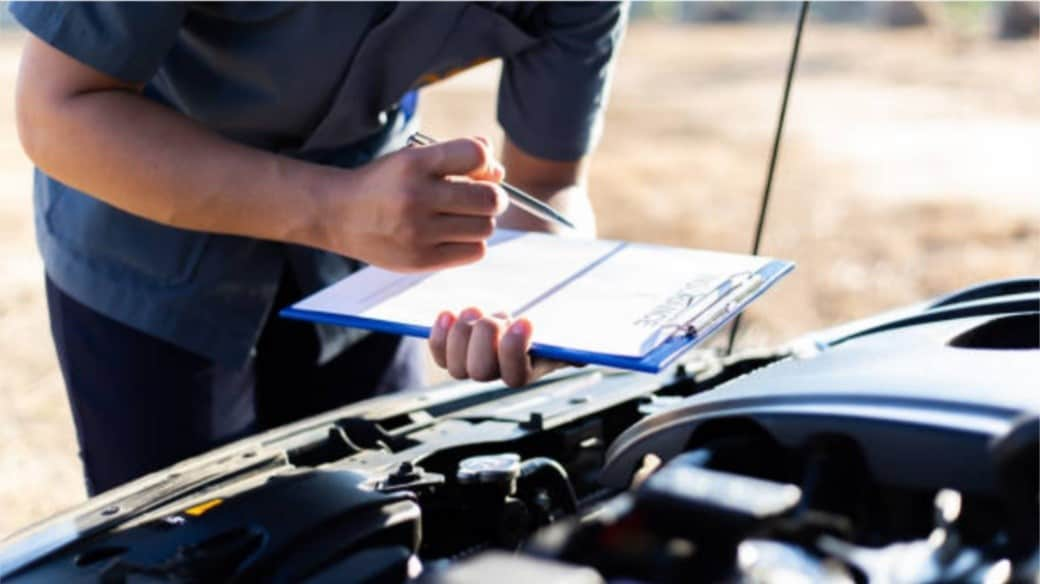All Categories
Featured
Understanding Diagnostics: The Foundation of Vehicle Repair
Modern automobiles are marvels of design, integrating complex systems that rely greatly on electronics and software. Understanding diagnostics ends up being the very first and most crucial step in car repair work when something goes incorrect. Diagnostics assist identify the origin cause of a problem swiftly and properly, lessening and making sure efficient fixings downtime for your car.What Is Vehicle Diagnostics? Vehicle diagnostics involve making use of specialized devices to connect with an auto's internal computer system. A lot of lorries developed after the 1990s come geared up with an Onboard Diagnostics (OBD) system that keeps an eye on different parts like the engine, discharges, brakes, and electrical systems.

When a problem takes place, the OBD system creates mistake codes that professionals can read utilizing analysis scanners. These codes offer insights into what could be creating the concern. For example, a "P0301" code could indicate a misfire in cyndrical tube 1, while a "P0171" code might signal a lean fuel mixture. Such accuracy helps professionals attend to the problem without unneeded uncertainty.
Why Diagnostics Matter. Performance in Repair works: Diagnostics conserve time by pinpointing specific problems, permitting professionals to focus on the specific area of problem as opposed to carrying out substantial exploratory evaluations. Price Savings: Determining and addressing problems early avoids small problems from rising into significant, costly fixings. Enhanced Safety and security: Diagnostics play a critical function in making sure the performance of security systems, such as air bags and anti-lock brakes, maintaining travelers and vehicle drivers protect when driving. Environmental Conformity: Modern diagnostics help find problems in exhausts systems, guaranteeing your lorry meets regulative standards and runs in an environment-friendly fashion. The Diagnostic Refine. A regular diagnostic treatment includes three main actions:

Data Access: A technician links an analysis scanner to the vehicle's OBD-II port, generally located under the dashboard. The scanner checks out error codes saved in the car's computer system. Code Analysis: The obtained codes are assessed to determine the malfunction's nature and extent. For example, an error code relevant to the exhaust system could require examining parts like the oxygen sensor or catalytic converter. Examining and Recognition: To confirm the findings, specialists might execute additional tests, such as inspecting electrical links or running the automobile to observe efficiency. The Development of Diagnostics. As autos come to be significantly advanced, so do diagnostic devices. Today's analysis systems can greater than simply recognizing issues-- they also supply real-time data on system efficiency, allowing predictive maintenance. In hybrid and electrical lorries, diagnostics can monitor battery health and wellness, electric motor effectiveness, and billing systems, making certain these cars stay trustworthy and effective.
Selecting the Right Diagnostic Providers. For the very best results, it's crucial to depend on specialist diagnostic solutions. Qualified service center utilize the most recent diagnostic devices and have access to manufacturer-specific software application that offers extensive understandings right into your vehicle's systems. Experienced service technicians integrate technological know-how with hands-on experience to deliver trusted repair work and exact diagnoses.
Final Ideas. Diagnostics are the cornerstone of efficient automobile fixing and upkeep. Whether resolving a mysterious check engine light or executing regular system checks, diagnostics make certain that issues are recognized and solved rapidly, conserving tension, time, and cash.
Normal analysis checks are an aggressive method to preserving your automobile's efficiency, safety and security, and health. With the right devices and experience, diagnostics lead the method for lasting, hassle-free driving.
Latest Posts
Take Advantage of Special Auto Repair Offers in Chicago at Montclare Auto Repair
Published Jun 01, 25
1 min read
Seamless Aluminum Gutters: The Smart Option for Your Home
Published May 25, 25
1 min read
Learn Why Chicago Drivers Pick Montclare Auto Repair for Dependable Service and Huge Savings
Published May 23, 25
1 min read
More
Latest Posts
Take Advantage of Special Auto Repair Offers in Chicago at Montclare Auto Repair
Published Jun 01, 25
1 min read
Seamless Aluminum Gutters: The Smart Option for Your Home
Published May 25, 25
1 min read
Learn Why Chicago Drivers Pick Montclare Auto Repair for Dependable Service and Huge Savings
Published May 23, 25
1 min read